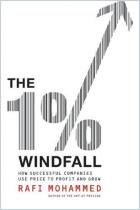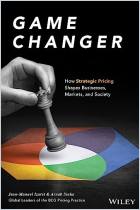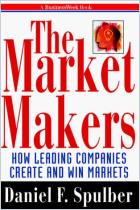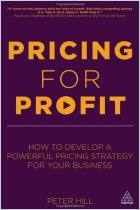
Winning the Profit Game
Smarter Pricing, Smarter Branding
Read or listen offline
Amazon KindleRecommendation
Re-engineering, downsizing TQM, CRM - you’ve seen them all. But businesses are still trying to find ways to lead their markets and beat their competition. The authors of this book suggest that pricing deserves the kind of attention that, a decade ago, your organization lavished upon procurement. They believe pricing strategy will be the important competitive differentiator in times to come. That is certainly plausible, and this book offers extensive guidance on how, when, why and according to what guiding principles businesses should change prices. Its copy editors should have been more diligent, because spelling and grammatical errors abound, but the book is nonetheless surprisingly readable. The book makes some valuable points, and getAbstract.com believes it merits marketing officers’ scrutiny.
Summary
About the Authors
Robert G. Docters is president of Abbey Road Associates. Michael R. Reopel is a senior officer in the strategy practice at A.T. Kearney. Jeanne-Mey Sun is a consultant with A.T. Kearney. Stephen M. Tanny is a professor at the University of Toronto.

















Comment on this summary